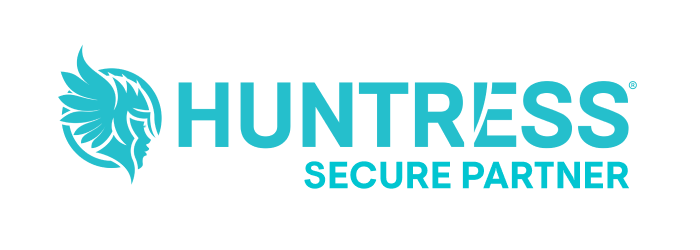
Microsoft ended support for Windows 8.1 on January 10th, 2023. Find out what this means, and why businesses should not use programs and services after their End of Life.
What is End of Life?
End of Life is the phrase that Microsoft uses to indicate that one of their products or services will no longer be receiving technical support. This means that computers and machines continuing to run a service that has reached End of Life will not receive security patches, Microsoft updates and other essential patches that keep the service running smoothly.
End of Life also means that any issues that arrive with that service will no longer be fixed by Microsoft. Microsoft usually offers technical support on their products and services for the 10 years following its release; after that, Microsoft isn't responsible for any operating system not working as it should.
What does this mean for users?
If you're running Windows 8.1, this means that you will be vulnerable to security risks, and that you won't be able to get IT support from Microsoft if something goes wrong with your operating system or the programs that rely on your operating system.
When a product or service has reached its End of Life, and there are no further updates, bug fixes or security patches provided by Microsoft, it becomes uniquely vulnerable to hacking or phishing attempts - and hackers are aware of this. Users, businesses and organisations that are depending on these products and services can then be targeted by phishing and hacking attempts, which can exploit the vulnerabilities in the old technology.
'Using a product like Windows 8.1 past its End of Life poses a huge security risk to your organisation,' says IT Support Engineer Dave Park. 'The security for your business is only as strong as the weakest link; viruses and cyberattacks can target your unprotected product, and get access to the whole of your organisation that way.'
Windows 8.1 was released in 2013, and as such the technology is 10 years old. Many programs and applications might struggle to operate as they should, because the technology in Windows 8.1 is so outdated. This includes hardware such as printers and scanners, and programs such as Customer Relationship Management software, programs for internal operations, and anything else that you or your company relies on.
'This isn't just about a single service not working quite as well as it used to,' says Dave. 'Continuing to run an outdated operating system like Windows 8.1 can have knock on effects; other applications and programs stop working too. Businesses that continue to use outdated software could be seen as violating the requirements under the GDPR and the ICO.'
What should businesses do next?
Those who are still using Windows 8.1 should identify which machines, hardware and software are using Windows 8.1, as well as any third-party applications which may also need to be updated. Businesses can then start to identify the upgrade path for each product and service, so that the migration to a new operating system can cause as little disruption to the organisation as possible.
'Businesses should speak to their IT support team,' says Dave. 'We can help identify what options are available and how best to manage this transition.'
'Organisations could also consider Microsoft 365, which is a cloud based subscription service. Microsoft 365 continually updates, so companies don't need to transition manually from one operating system to the next.'
Dave says the most important thing is that businesses currently using Windows 8.1 take steps to move onto a supported operating platform as soon as possible, 'It's important for the safety of your customers, clients and staff, and the longevity of your organisation that you use products and services which are secure and supported.'
Need some help moving away from Windows 8.1? Give us a call on 0191 482 0444












